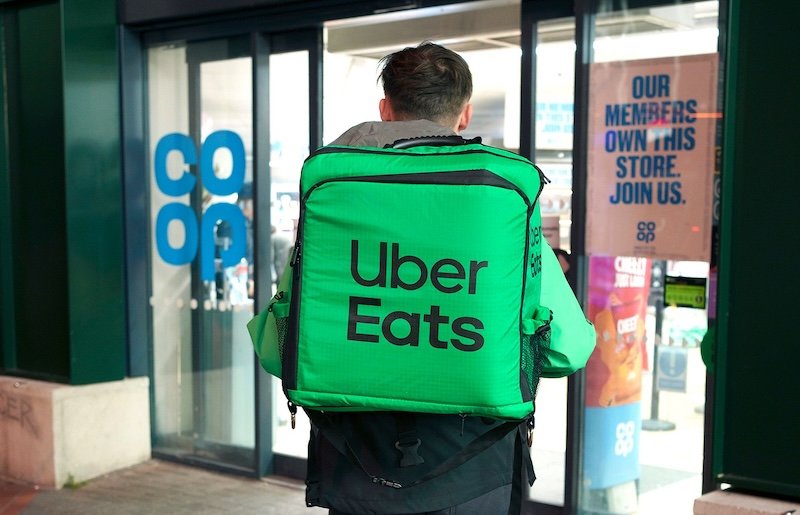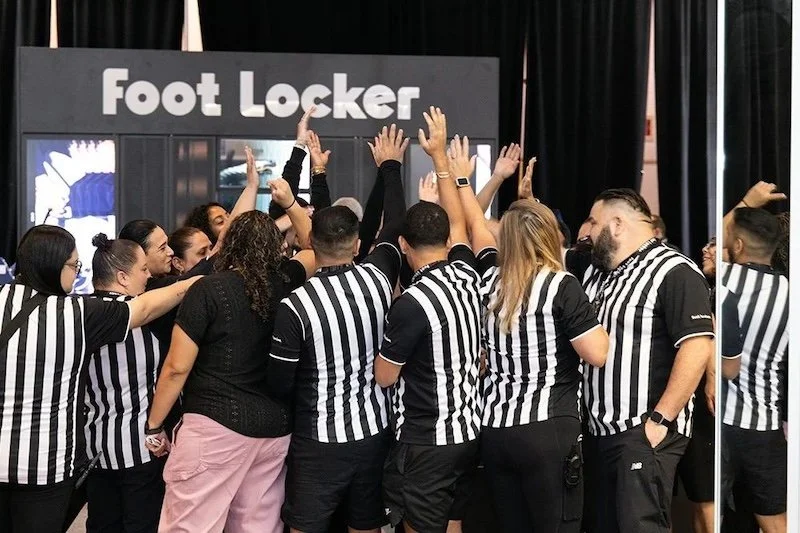VR redesign: the winning formula for retailers
By Andy Harris, Director of Virtual and Augmented Reality, Symphony RetailAI
Consumer shopping habits are in a constant state of change, with many today preferring online shopping to visiting a physical store. While online sales have shown massive growth – accounting for around 17.4% of all UK retailing last year – it’s important we don’t forget that a huge proportion of shopping does still take place in the flesh.
The key to success for retailers is twofold. Firstly, they need to ensure they are allocating just the right amount of resource to their digital store space as well as their physical store space, which continues to be their most valuable asset. And secondly, they must understand the needs of their customers in different regions and reflect this in their online and physical stores.
While it’s relatively straightforward to remodel your online space to meet changing demand, the physical store space has, in the past, proven a much more lengthy undertaking. Store remodelling requires a fast, efficient way to incorporate analytics and customer insights to create optimal layouts, which, these days, can be done without having to rely on traditional live-testing environments.
Speeding up store remodelling with VR
When it comes to store remodelling, retailers are now increasingly turning to virtual reality (VR). One of the most compelling benefits of using this form of technology is the speed at which it gets the job done. It’s challenging to identify how best to use floor space, particularly when trying to map out a plan across multiple stores of different sizes and layouts, when every physical alteration takes significant time and effort.
A combination of analytics and VR gives retailers a safety net to explore different remodelling options without having to change a thing physically. Using digital remodelling they can run multiple tests with various layouts and factors, allowing them to choose the best format to optimise the customer experience.
See the store through the eyes of the consumer
With virtual reality, customers simply “walk” through a store setting, allowing retailers to track, measure and react to the impact of changes to the store in real-time, at limited cost, without disrupting existing operations or damaging customer relationships.
This allows retailers to review performance on an individual product level, analysing how products look and perform depending on where they are positioned on the shelf. Virtual reality can also create robust digital test environments to observe and understand shopping behaviours. After all, to deliver an exceptional customer experience, retailers must first see the store through the eyes of their customers.
Understanding and predicting consumer behaviour
Beyond these benefits, the flexibility and granularity of virtual testing environments can’t be understated. With any size test group, retailers can study exactly how consumers walk through their stores and react to external factors and stimuli in a retail environment.
On a quantitative level, retailers can track shoppers’ eye movement, navigation and step analysis to see factors such as which aisles they’re spending the most time in or which shelf they pick the most items from.
On a qualitative level, retailers can gather feedback from targeted groups regarding floorplans, lighting, positioning of items on the shelf, frozen aisle displays or new seasonal messages. Even if they don’t say it, their behaviour can be monitored for subconscious differences in their approach and buying patterns.
By combining both methods retailers can test quickly, effectively – and at a low cost – which external stimuli influence their customers, leading to an effective layout that shoppers are more likely to respond to.
VR and store-planning technologies built on behavioural insight are on track to become vital elements of the merchandising process, enabling informed, accurate space optimisation at a low risk and low cost to the retailer. By allowing retailers to incorporate changes suggested by local stores or field teams in real time, these technologies enable retailers to adapt to industry trends more accurately and faster than their competitors, at significantly lower cost - the ultimate winning formula.










Continue reading…